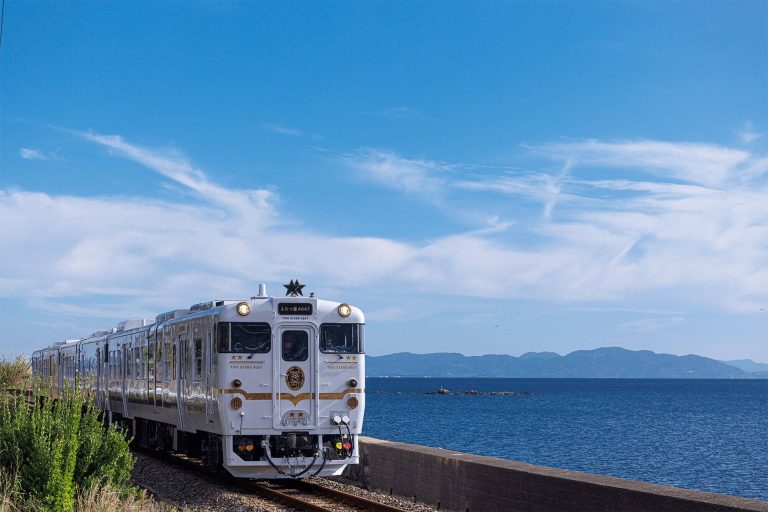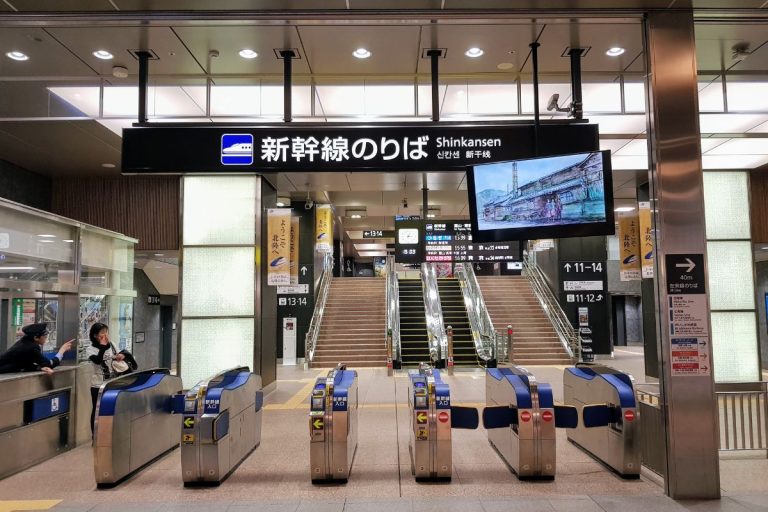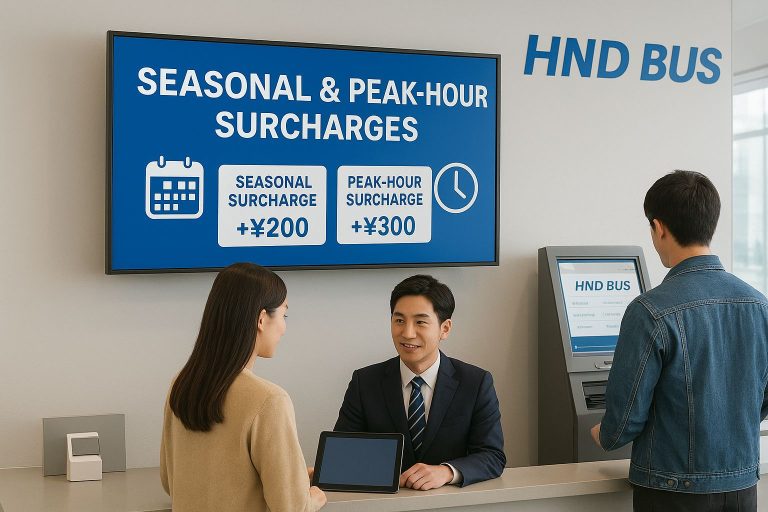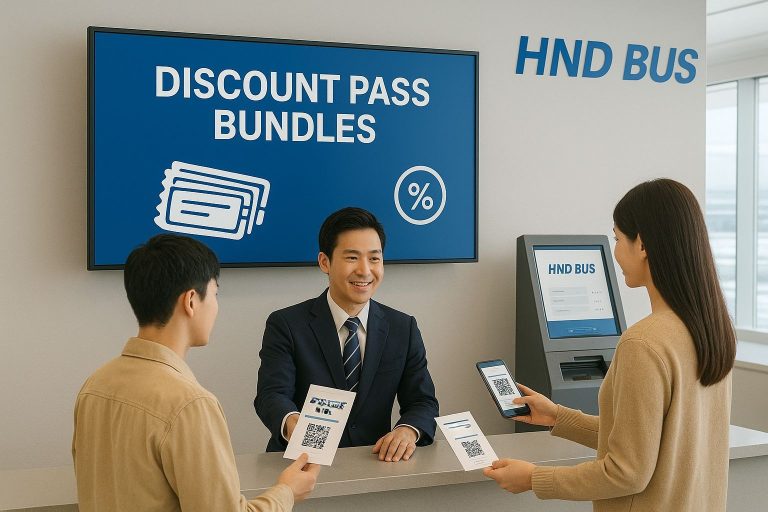Overview of Single-Journey Bus Tickets
Single-journey bus tickets represent the most straightforward approach to public transportation, offering passengers a simple pay-per-ride system that eliminates the complexity of subscription plans or multi-trip commitments. These tickets provide immediate access to bus services without requiring advance planning or long-term financial investment, making them perfect for occasional travelers, tourists, or anyone who needs flexible transportation options.
The beauty of single-journey tickets lies in their accessibility and simplicity. Whether you’re visiting a new city, making an unexpected trip, or simply prefer not to commit to regular transit passes, these tickets offer complete freedom to travel on your own terms. Modern bus systems have evolved to make purchasing and using these tickets more convenient than ever before.
Definition of Single-Journey Bus Tickets
A single-journey bus ticket grants you passage from one point to another on a specific bus route for one trip only. Unlike round-trip and multi-day passes that cover multiple journeys, these tickets are designed for one-way travel and expire once you complete your journey. The ticket validates your fare payment and serves as proof of purchase during your trip.
Importance of Bus Travel
Bus travel remains one of the most cost-effective and environmentally responsible transportation methods available today. Public buses serve millions of passengers daily, connecting communities and providing essential mobility services to people from all walks of life. For many individuals, buses offer the primary means of reaching work, school, medical appointments, and social activities.
Key Features of Single-Journey Tickets
Modern single-journey tickets come with several user-friendly features that enhance the travel experience. Most systems now offer digital ticketing options alongside traditional paper tickets, allowing passengers to purchase and store tickets on their smartphones. These tickets typically include route information, validity periods, and transfer options where applicable.
Fare Options and Discounts
Bus transit systems recognize that passengers have diverse financial situations and travel needs, which is why they offer various fare structures and discount programs. Understanding these options can help you save money while accessing reliable transportation services. Most transit authorities provide transparent pricing information and multiple payment methods to accommodate different preferences and budgets.
The fare structure for single-journey tickets often varies based on factors such as distance traveled, time of day, and passenger demographics. Many systems have implemented zone-based pricing, where longer journeys across multiple zones cost more than short trips within a single zone. This approach ensures fair pricing that reflects the actual service provided.
Standard Fare Structure
Standard fares for single-journey bus tickets typically range from $1.50 to $3.50, depending on your location and the specific transit system. Urban areas with extensive bus networks often charge higher fares to maintain service quality and frequency. The pricing usually reflects operational costs, including fuel, maintenance, driver wages, and infrastructure upkeep.
Discounts for Seniors and Students
Most transit systems offer significant discounts for seniors, students, and other eligible groups. Senior citizens often receive 50% off regular fares, while students may qualify for reduced rates with valid identification. These group and student discounts make public transportation more accessible to populations that might otherwise struggle with transportation costs.
Off-Peak Rates and Reduced Fares
Many bus systems implement off-peak pricing to encourage ridership during less busy hours and reduce overcrowding during rush periods. These reduced fares might apply during mid-morning, early afternoon, or evening hours when buses typically have more available seats. Some systems also offer seasonal and peak-hour surcharges during high-demand periods.
Fare Assistance Programs
Low-income individuals and families can often access special fare assistance programs that provide discounted or free bus tickets. These programs typically require income verification and may offer monthly allocations of reduced-price tickets. Organizations serving vulnerable populations sometimes qualify for bulk purchase discounts to support their clients’ transportation needs.
Types of Bus Services Available
Modern transit systems offer various types of bus services to meet different travel needs and preferences. Understanding these options helps you choose the most appropriate service for your journey, whether you prioritize speed, comfort, accessibility, or cost-effectiveness. Each service type operates on different schedules and routes, serving distinct passenger demographics and travel patterns.
The diversity of bus services reflects the complex transportation needs of modern communities. From local neighborhood routes that stop frequently to express services that prioritize speed over convenience, these options ensure that public transit can serve everyone effectively.
Local Bus Services
Local bus services form the backbone of most public transit systems, providing frequent stops throughout residential and commercial areas. These buses typically operate on fixed routes with stops every few blocks, making them ideal for short to medium-distance trips within urban and suburban areas. Local services prioritize accessibility and convenience over speed.
Express Services
Express bus services offer faster travel between major destinations by limiting stops and using highways or dedicated bus lanes. These services cost slightly more than local buses but provide significant time savings for longer journeys. Express routes often connect suburban areas to downtown business districts or major employment centers.
VIAtrans and Accessible Transportation
Specialized accessible transportation services ensure that individuals with disabilities can access public transit safely and comfortably. VIAtrans and similar services provide door-to-door transportation with wheelchair-accessible vehicles and trained drivers. These services require advance reservations but offer essential mobility options for passengers who cannot use standard bus services.
How to Purchase Single-Journey Tickets
The process of purchasing single-journey bus tickets has evolved significantly with technological advances, offering passengers multiple convenient options that suit different preferences and situations. Modern transit systems prioritize user-friendly purchasing methods that reduce wait times and improve the overall travel experience. Whether you prefer digital solutions or traditional methods, multiple options ensure everyone can access bus services easily.
Today’s ticket purchasing systems integrate seamlessly with smartphones, contactless payment methods, and traditional cash transactions. This flexibility accommodates passengers who may not have smartphones or prefer cash payments while embracing technological innovations that streamline the process.
Online Purchase Options
Most major transit systems now offer comprehensive online ticket purchasing platforms that allow you to buy single-journey tickets from your computer or mobile device. These platforms typically accept credit cards, debit cards, and digital payment services like PayPal or Apple Pay. Online purchasing often provides additional benefits such as trip planning tools and real-time bus tracking.
Mobile App Features
Dedicated transit apps have revolutionized how passengers interact with bus systems, offering features far beyond simple ticket purchasing. These apps typically include real-time arrival information, route planning, service alerts, and digital ticket storage. Many apps also integrate with IC cards like Suica and Pasmo, providing seamless payment options for frequent travelers.
In-Person Purchase Locations
Traditional ticket purchasing locations remain important for passengers who prefer face-to-face transactions or lack access to digital payment methods. Transit centers, major bus stops, and retail partners like convenience stores often sell bus tickets. Some systems also maintain ticket vending machines at busy stops, providing 24-hour purchasing options.
Travel Experience and Amenities
Modern bus travel has transformed dramatically from the basic transportation service of previous decades, now offering amenities and comfort features that rival other forms of public transit. Today’s buses are designed with passenger comfort and convenience in mind, incorporating technology and design elements that make journeys more pleasant and productive. These improvements reflect transit authorities’ understanding that comfortable passengers are more likely to choose public transportation over private vehicles.
The focus on passenger experience extends beyond just physical comfort to include digital connectivity, accessibility features, and environmental considerations that appeal to modern travelers’ expectations and values.
Onboard Amenities
Contemporary buses feature air conditioning, comfortable seating with adequate legroom, and large windows that provide natural light and scenic views during your journey. Many buses include overhead storage compartments for bags and personal items, while some premium services offer reclining seats and individual reading lights for enhanced comfort during longer trips.
Passenger Comfort Features
Safety features such as security cameras, emergency communication systems, and well-lit interiors help passengers feel secure during their travels. Buses also incorporate accessibility features like wheelchair ramps, priority seating areas, and audio announcements to ensure all passengers can travel comfortably and safely regardless of their physical abilities.
Wi-Fi and Power Outlets Availability
Free onboard Wi-Fi has become increasingly common on bus services, allowing passengers to stay connected, work, or entertain themselves during their journey. Many buses now include USB charging ports or standard power outlets at individual seats, ensuring your devices remain charged throughout your trip. These technological amenities transform travel time into productive or leisure time.
Comparing Single-Journey Tickets to Other Options
Choosing the right ticket type depends on your specific travel patterns, budget constraints, and flexibility needs. Single-journey tickets offer unique advantages that make them ideal for certain situations, while other ticket types might provide better value for different travel scenarios. Understanding these differences helps you make informed decisions that optimize both cost and convenience.
The comparison between ticket types often involves balancing upfront costs against potential savings, flexibility against commitment, and convenience against complexity. Each option serves different passenger needs and travel patterns.
Round-Trip Tickets Overview
Round-trip tickets provide cost savings for passengers who know they’ll need return transportation on the same day or within a specific timeframe. These tickets typically cost less than purchasing two separate single-journey tickets and eliminate the need to purchase return fare at your destination. However, they lack the flexibility of single-journey tickets if your plans change.
Multi-Day Passes Benefits
Multi-day passes offer significant savings for passengers who plan multiple bus trips within a specific period. These passes often include unlimited rides for their duration and may cover multiple transit services within a region. While they require higher upfront investment, frequent travelers can achieve substantial savings compared to individual ticket purchases.
Advantages of Single-Journey Tickets
Single-journey tickets excel in situations where you need maximum flexibility and minimal commitment. They’re perfect for occasional travelers, tourists exploring a new city, or anyone whose travel plans might change unexpectedly. You pay only for the transportation you actually use, without worrying about unused portions of passes or tickets.
Environmental Considerations
Public bus transportation plays a crucial role in reducing environmental impact and promoting sustainable urban development. By choosing bus travel over private vehicles, passengers contribute to decreased traffic congestion, reduced air pollution, and more efficient use of urban space. Single-journey tickets make this environmentally responsible choice accessible to everyone, regardless of their regular travel patterns.
The environmental benefits of bus travel extend beyond immediate emissions reductions to include long-term urban planning advantages and resource conservation that benefit entire communities.
Sustainability of Bus Travel
A single bus can replace dozens of private vehicles on the road, dramatically reducing per-passenger emissions and fuel consumption. Modern bus fleets increasingly incorporate hybrid and electric vehicles that further minimize environmental impact. Even traditional diesel buses achieve better fuel efficiency per passenger than most private vehicles, especially during peak travel times.
Carbon Offset Options
Some transit systems now offer carbon offset programs that allow environmentally conscious passengers to neutralize the emissions from their bus travel. These programs typically involve small additional fees that fund renewable energy projects, reforestation efforts, or other environmental initiatives that counterbalance transportation emissions.
Reducing Emissions in Public Transit
Transit authorities continue investing in cleaner technologies, including electric buses, biodiesel fuels, and more efficient engines that reduce harmful emissions. These improvements benefit all passengers, including those using single-journey tickets, by making every bus trip more environmentally responsible than previous generations of public transit.
Future of Bus Travel
The bus transportation industry continues evolving rapidly, driven by technological innovations, changing passenger expectations, and environmental concerns. Future developments promise to make single-journey tickets even more convenient and valuable while improving the overall quality of bus travel. These changes will likely enhance both the purchasing process and the travel experience itself.
Emerging technologies and shifting social attitudes toward transportation are reshaping how we think about public transit, creating opportunities for more efficient, comfortable, and sustainable bus services.
Technological Innovations in Bus Services
Advanced technologies like artificial intelligence, Internet of Things sensors, and predictive analytics are improving route optimization, maintenance scheduling, and passenger information systems. These innovations promise more reliable service, shorter wait times, and better integration with other transportation modes, making single-journey tickets even more attractive for spontaneous travel.
Potential Changes in Fare Structures
Future fare systems may incorporate dynamic pricing similar to ride-sharing services, adjusting costs based on demand, time of day, or route popularity. While this could make some trips more expensive, it might also create opportunities for discounted travel during off-peak periods, potentially making single-journey tickets more affordable for flexible travelers.
Impact of Evolving Travel Needs
Changing work patterns, including remote work and flexible schedules, may increase demand for flexible ticketing options like single-journey tickets. As people travel less predictably but still need reliable transportation options, the simplicity and flexibility of pay-per-ride systems become increasingly valuable for modern lifestyles.
Frequently Asked Questions
What are single-journey bus tickets?
Single-journey bus tickets allow passengers to travel from one point to another on a specific bus route for one trip only.
How do I purchase single-journey bus tickets?
You can purchase single-journey bus tickets online, through mobile apps, or in person at transit centers and ticket vending machines.
Are there discounts available for single-journey bus tickets?
Yes, many transit systems offer discounts for seniors, students, and low-income individuals.
What types of bus services are available?
Bus services include local buses, express services, and specialized accessible transportation options.
What are the environmental benefits of bus travel?
Bus travel reduces traffic congestion and emissions, promoting sustainable urban development.
Embracing the Freedom of Single-Journey Tickets
Single-journey bus tickets offer unparalleled flexibility and convenience for modern travelers, making public transportation accessible and affordable. As bus systems continue to evolve, these tickets will remain a vital option for those seeking spontaneous and efficient ways to navigate their cities.





